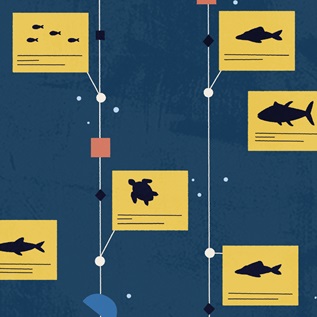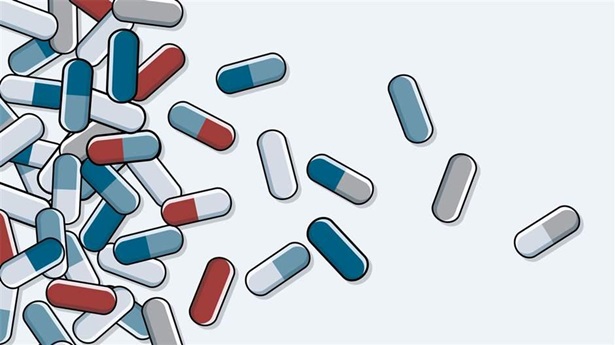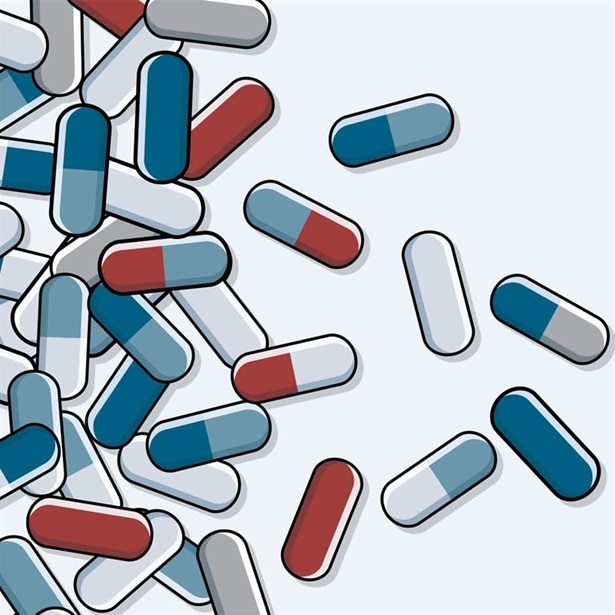What the New High Seas Treaty Means for Ocean Conservation
Agreement must be effectively implemented to ensure gains for people, biodiversity, and climate
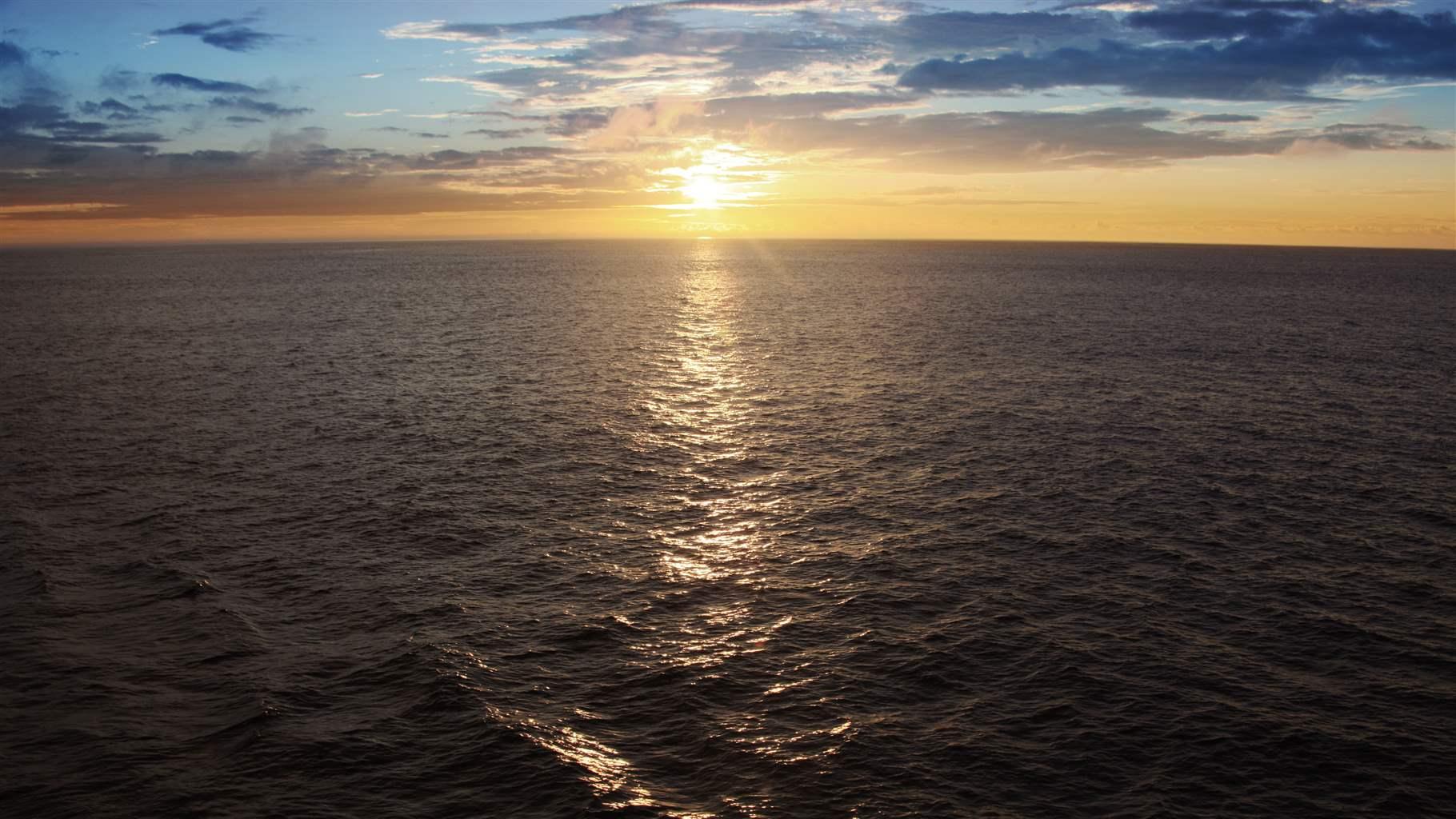
Editor’s note: The content on this page was published before June 2023, when the United Nations adopted a legally binding treaty on the conservation and sustainable use of marine biodiversity in areas beyond national jurisdiction, sometimes referred to as the high seas treaty.
After over a decade of informal discussions and six years of formal treaty negotiations, the United Nations agreed to the text for a new international treaty on the conservation and sustainable use of marine biodiversity of areas beyond national jurisdiction, commonly called the high seas. This new high seas treaty is the global community’s first opportunity in three decades to update the guidance on the conservation provisions in the United Nations Convention on the Law of the Sea, also known as the “constitution for the ocean,” and to help fill gaps in international ocean governance.
The geographic scope of this treaty is enormous—areas beyond national jurisdiction make up two-thirds of the ocean and cover nearly half of the surface of the planet. To date very few management organizations have focused on conserving this area, or have the tools available to protect important places beyond borders. This treaty presents an opportunity to create a new paradigm that prioritizes biodiversity conservation, healthy ecosystems and more equitable access to high seas marine scientific research and resources.
What does the treaty do?
Although some details remain to be decided by the countries that eventually ratify the treaty, the current text outlines a number of important functions. Specifically, the treaty establishes:
- A legal framework and process for establishing a network of high seas marine protected areas (MPAs), including highly and fully protected areas that, once implemented, can help countries meet the 30% global ocean protection target adopted as part of the Kunming-Montreal Global Biodiversity Framework.
- A process, along with standards and guidelines, for assessing environmental impacts to ensure that new and unregulated high seas activities have minimal impact on ecosystems and marine life.
- An institutional infrastructure to oversee the implementation of the agreement, including a decision-making body (the Conference of the Parties, or COP) supported by a secretariat, a scientific advisory body and other committees to support capacity building and the transfer of marine technology, as well as implementation of, and compliance with, the treaty.
- A financial mechanism and provisions for delivering capacity building (e.g., access to information, training and other monetary and non-monetary resources) and the transfer of marine technology to enable inclusive, equitable and effective implementation of the agreement.
- Requirements for the fair and equitable sharing of benefits—monetary and non-monetary—derived from marine genetic resources in areas beyond national jurisdiction to support developing countries.
The treaty establishes a number of important tools and institutions that will enable the international community to tackle the dual challenges of climate change and biodiversity loss, including by promoting coherence and coordination with other management bodies. However, the agreement will not solve all ocean governance challenges alone, nor will it replace existing management bodies such as regional fisheries management organizations and the International Seabed Authority; the global community will still rely on those institutions to make management decisions on fishing and seabed mining, respectively, on the high seas.
The future high seas body will provide a platform to consider the cumulative impacts that multiple human activities have on marine biodiversity—and how these threats might be addressed across sectors such as shipping, mining, fishing and more. Other management bodies may be involved in the development of future high seas MPAs established under the new agreement, but the relationship between these bodies and the future high seas body is likely to evolve as the agreement is implemented.
What’s next?
U.N. negotiators cleared one of the biggest hurdles in finalizing the treaty text, but there are still several steps that must happen before the treaty will take effect and be able to establish high seas MPAs. First, the U.N. must formally adopt the treaty text—a largely procedural step that is expected to occur this summer. Then, for the treaty to enter into force, 60 countries must ratify it. The first meeting of the COP will then take place within one year of entry into force.
In the interim, countries can begin compiling the scientific input to develop proposals for high seas MPAs that can be considered by the COP, once it is operational. Additionally, the U.N. can undertake preparatory work to lay the groundwork for some of the guidelines and administrative matters for the COP to consider at its first meeting.
Conclusion
The new high seas treaty text is a momentous and exciting first step towards protecting the high seas. This presents an opportunity for the global community to come together to consider the cumulative impacts of human activities on the ocean and take action to address these concerns more holistically. It is critical to build on this momentum and encourage swift ratification and effective implementation of the treaty to advance the conservation and sustainable use of marine biodiversity for half of the planet—and the benefit of us all.
Nichola Clark works on The Pew Charitable Trusts’ ocean governance project.
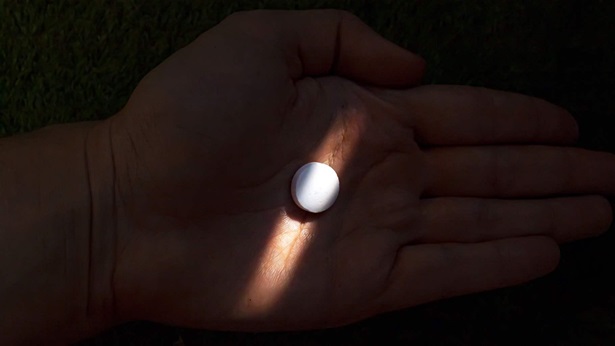
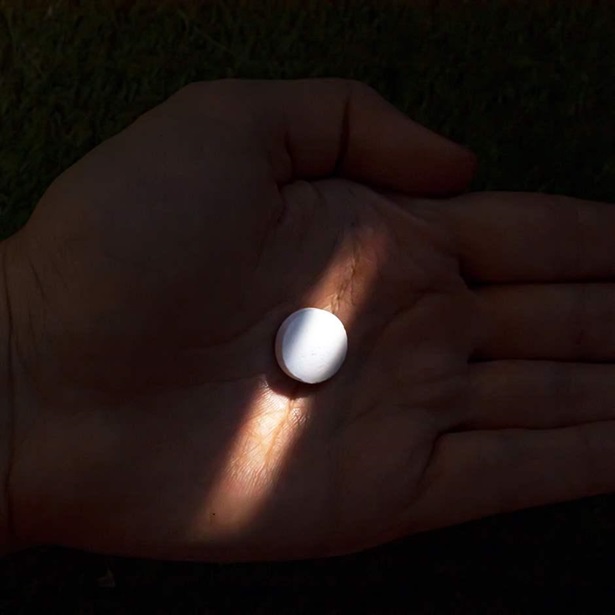
America’s Overdose Crisis
Sign up for our five-email course explaining the overdose crisis in America, the state of treatment access, and ways to improve care
Sign upThis video is hosted by YouTube. In order to view it, you must consent to the use of “Marketing Cookies” by updating your preferences in the Cookie Settings link below. View on YouTube
This video is hosted by YouTube. In order to view it, you must consent to the use of “Marketing Cookies” by updating your preferences in the Cookie Settings link below. View on YouTube


